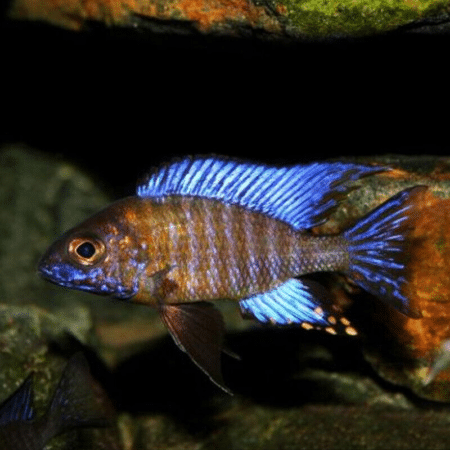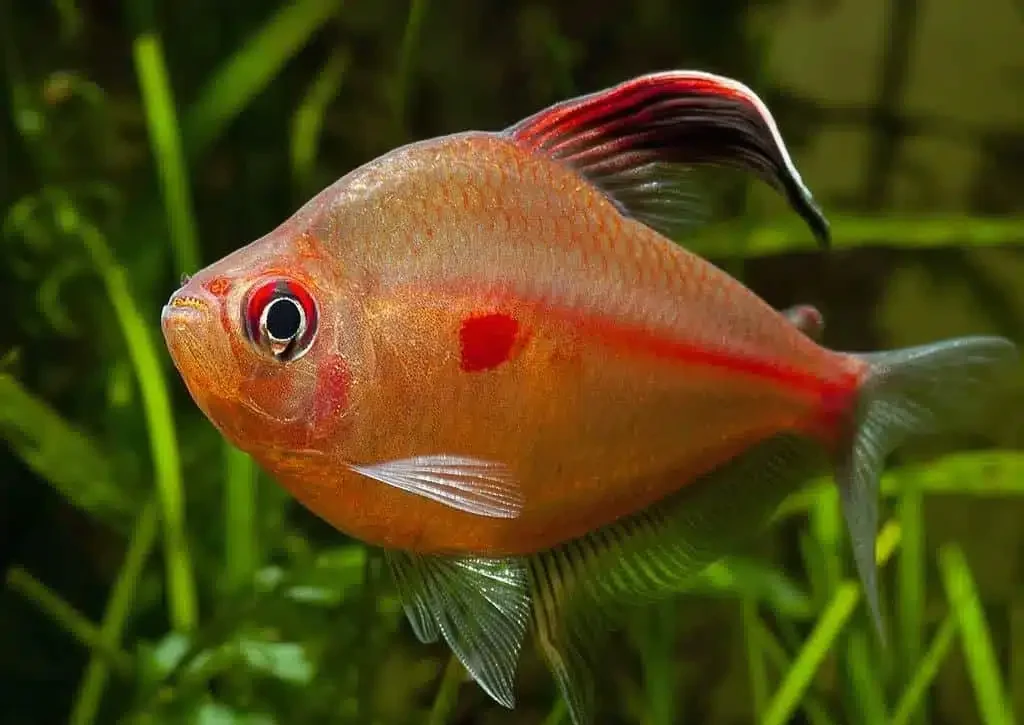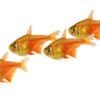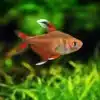To provide the best experiences, we use technologies like cookies to store and/or access device information. Consenting to these technologies will allow us to process data such as browsing behaviour or unique IDs on this site. Not consenting or withdrawing consent, may adversely affect certain features and functions.
The technical storage or access is strictly necessary for the legitimate purpose of enabling the use of a specific service explicitly requested by the subscriber or user, or for the sole purpose of carrying out the transmission of a communication over an electronic communications network.
The technical storage or access is necessary for the legitimate purpose of storing preferences that are not requested by the subscriber or user.
The technical storage or access that is used exclusively for statistical purposes.
The technical storage or access that is used exclusively for anonymous statistical purposes. Without a subpoena, voluntary compliance on the part of your Internet Service Provider, or additional records from a third party, information stored or retrieved for this purpose alone cannot usually be used to identify you.
The technical storage or access is required to create user profiles to send advertising, or to track the user on a website or across several websites for similar marketing purposes.
















Emily Carter (verified owner) –
After introducing the vibrant Red-Line Tetras to my 20-gallon community tank, I can honestly say they have transformed the entire atmosphere of my aquarium! I’ve been a freshwater fish enthusiast for over five years, and these little beauties are among my favorites. Their bright, luminous colors and lively behavior instantly captivated me and my family. I originally bought six, and within a week, they were schooling beautifully, bringing a sense of movement and joy to the tank.
Compared to other community fish I’ve had, like neon tetras, these Red-Line Tetras have a unique charm and a bit more personality. They seem to thrive in a planted environment, and I’ve noticed they’ve been more active since I added some floating plants for shade. The only concern I had was their slightly timid nature at first, but with the right tankmates, they quickly became more confident.
I highly recommend these tetras for anyone looking to add beauty and liveliness to their aquarium. They’re perfect for both beginners and seasoned hobbyists who appreciate a peaceful, colorful community. Definitely a worthwhile addition—I would buy them again in a heartbeat!
Emily Carter (verified owner) –
I recently purchased a school of Red-Line Tetras to add some color and liveliness to my tank, and I couldn’t be happier! These little guys have brought so much joy to my aquarium. After just two weeks, they’ve settled in beautifully, showing off their vibrant colors against the lush green plants. They swim in perfect harmony, and it’s a delight to watch them interact.
What I love most is that they are peaceful and low-maintenance, making them perfect for both beginners and seasoned aquarists. They thrive in a community tank alongside other tropical fish like my Neon Tetras, which has created a lively atmosphere.
One minor concern I had was their initial shyness, but after a few days, they became bold and started to explore every corner of the tank. I recommend providing plenty of hiding spots with plants and decorations to help them feel secure.
Shipping was quick, and they arrived in excellent condition, which shows the care of the seller. I highly recommend these Red-Line Tetras for anyone looking to add some beauty and activity to their freshwater tank. They truly are delightful little companions!